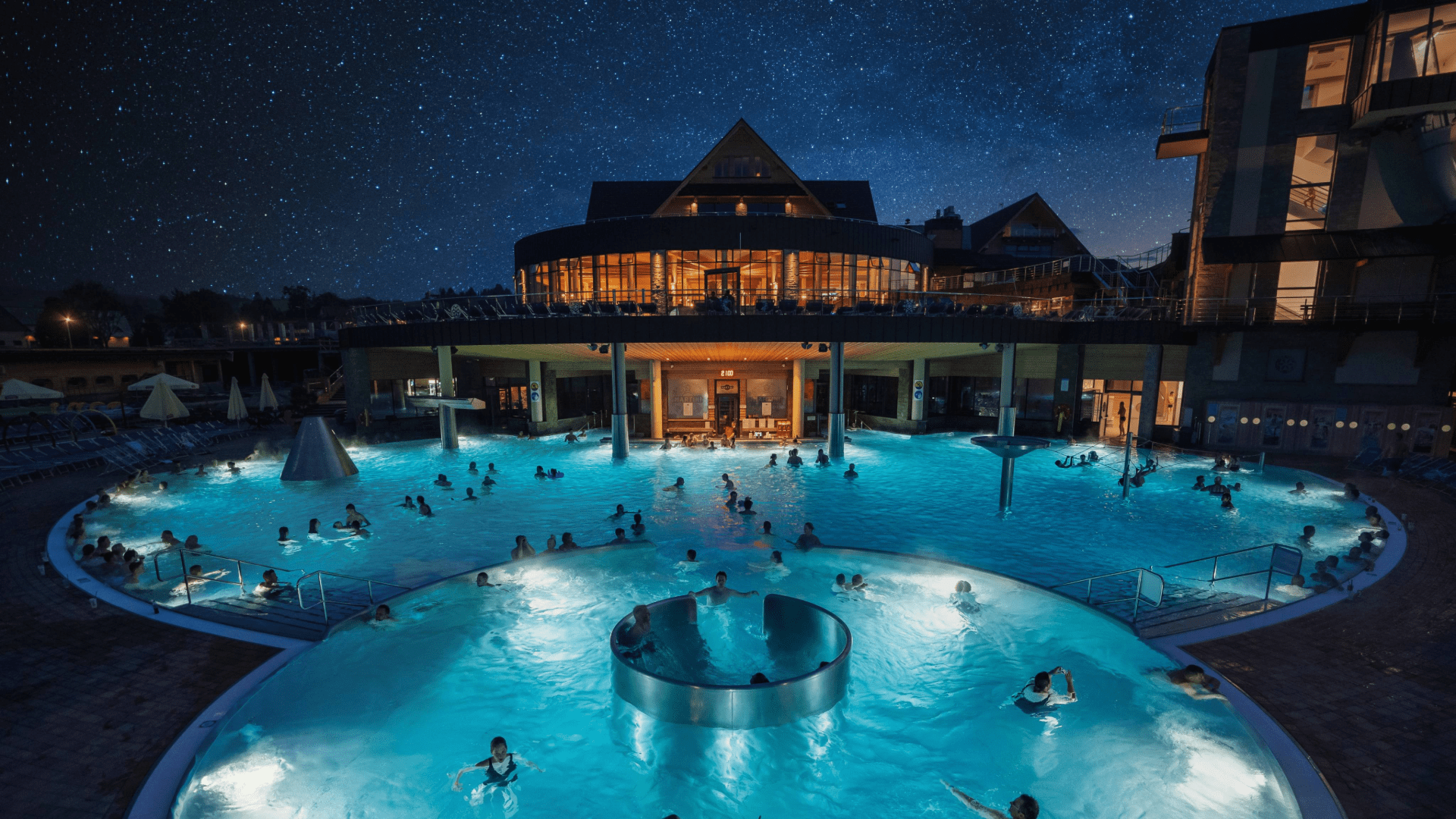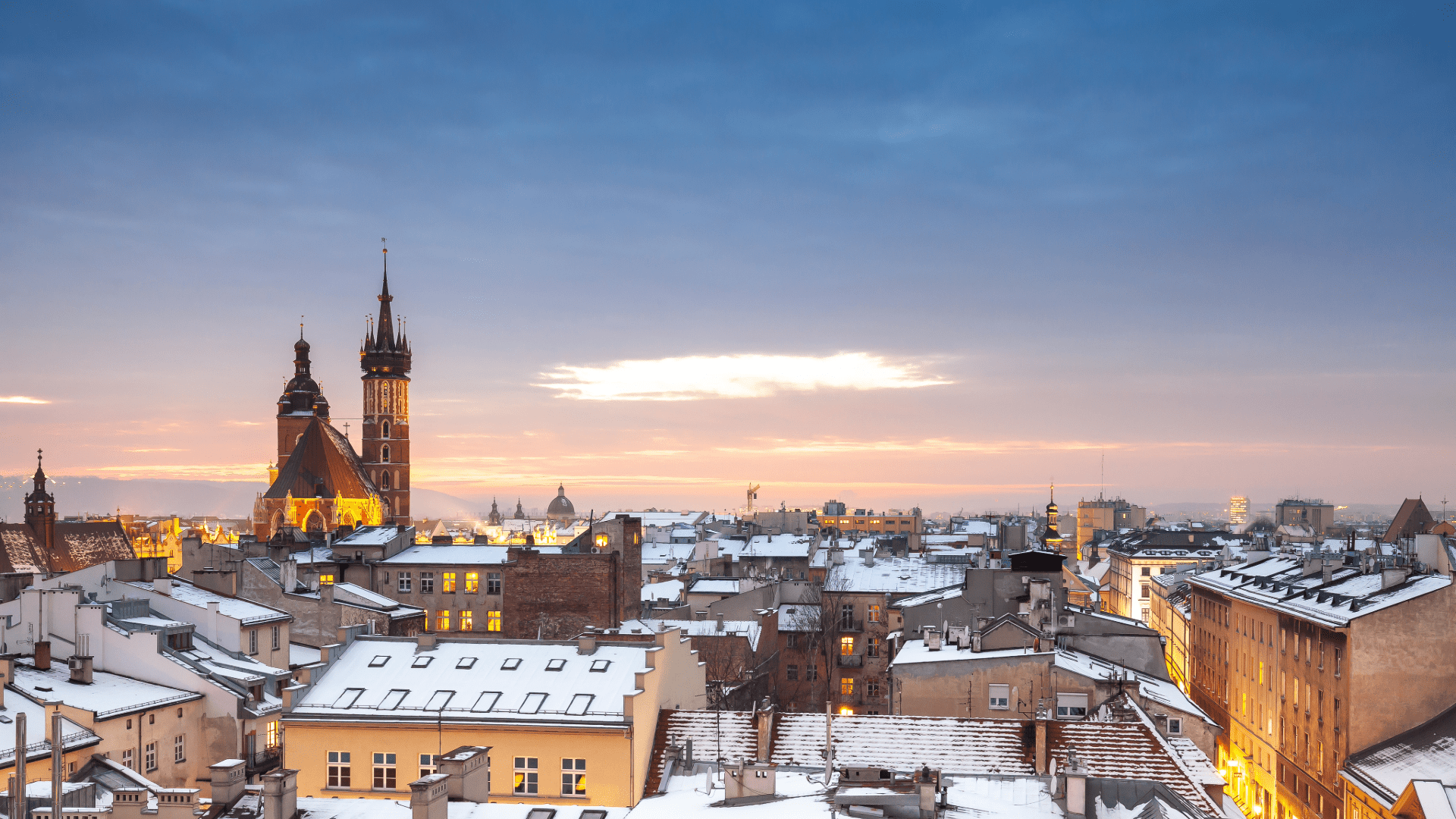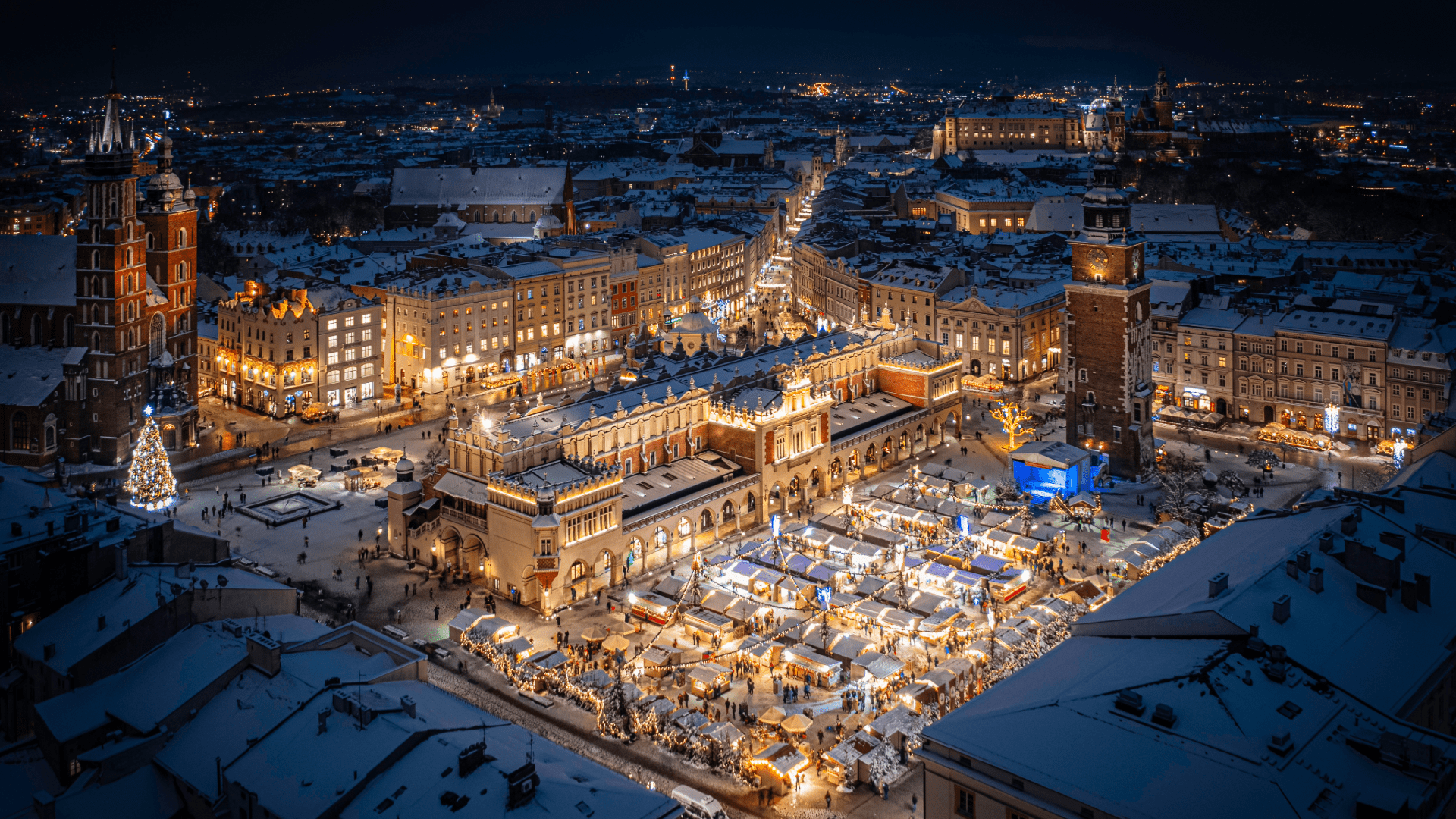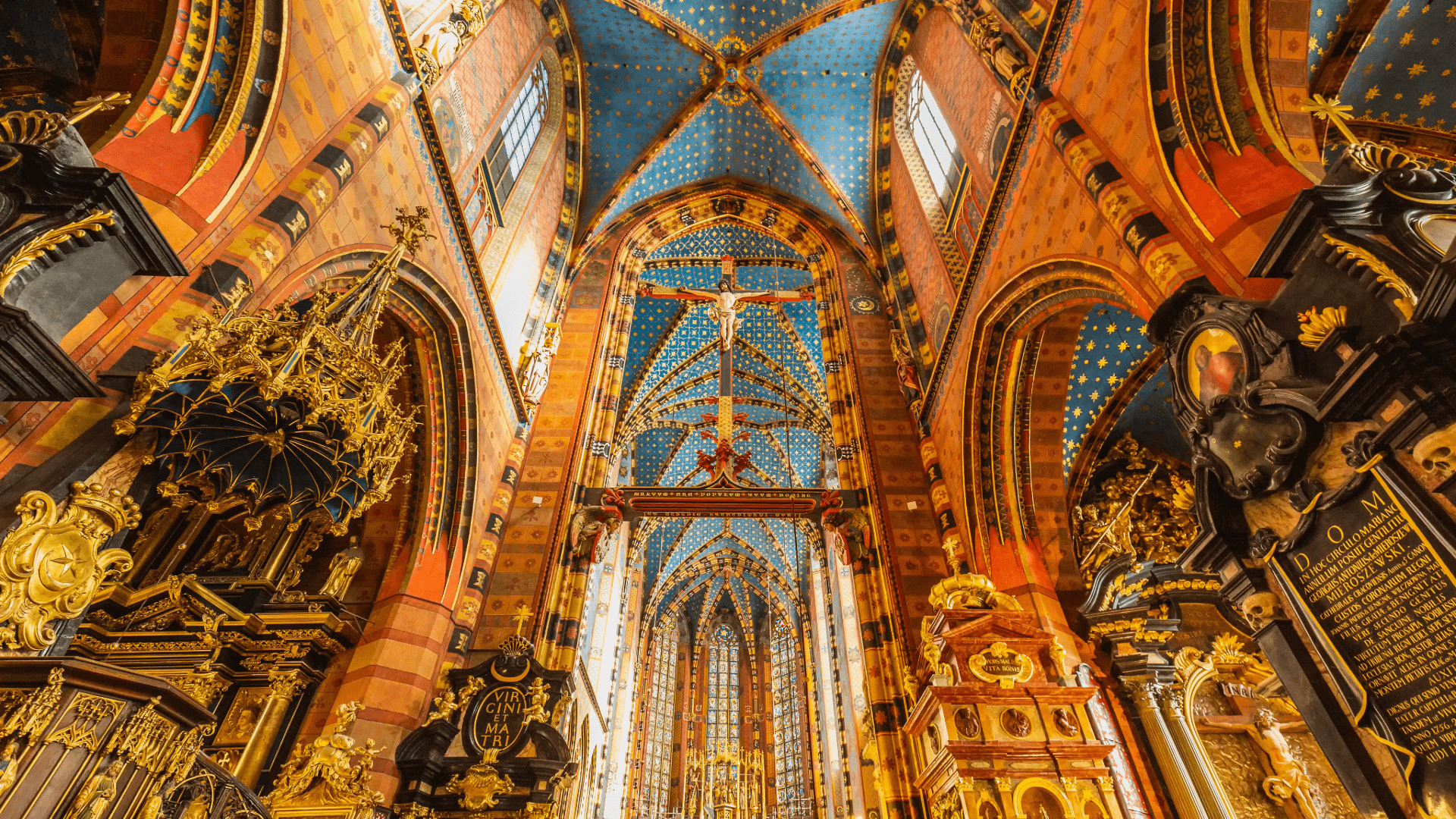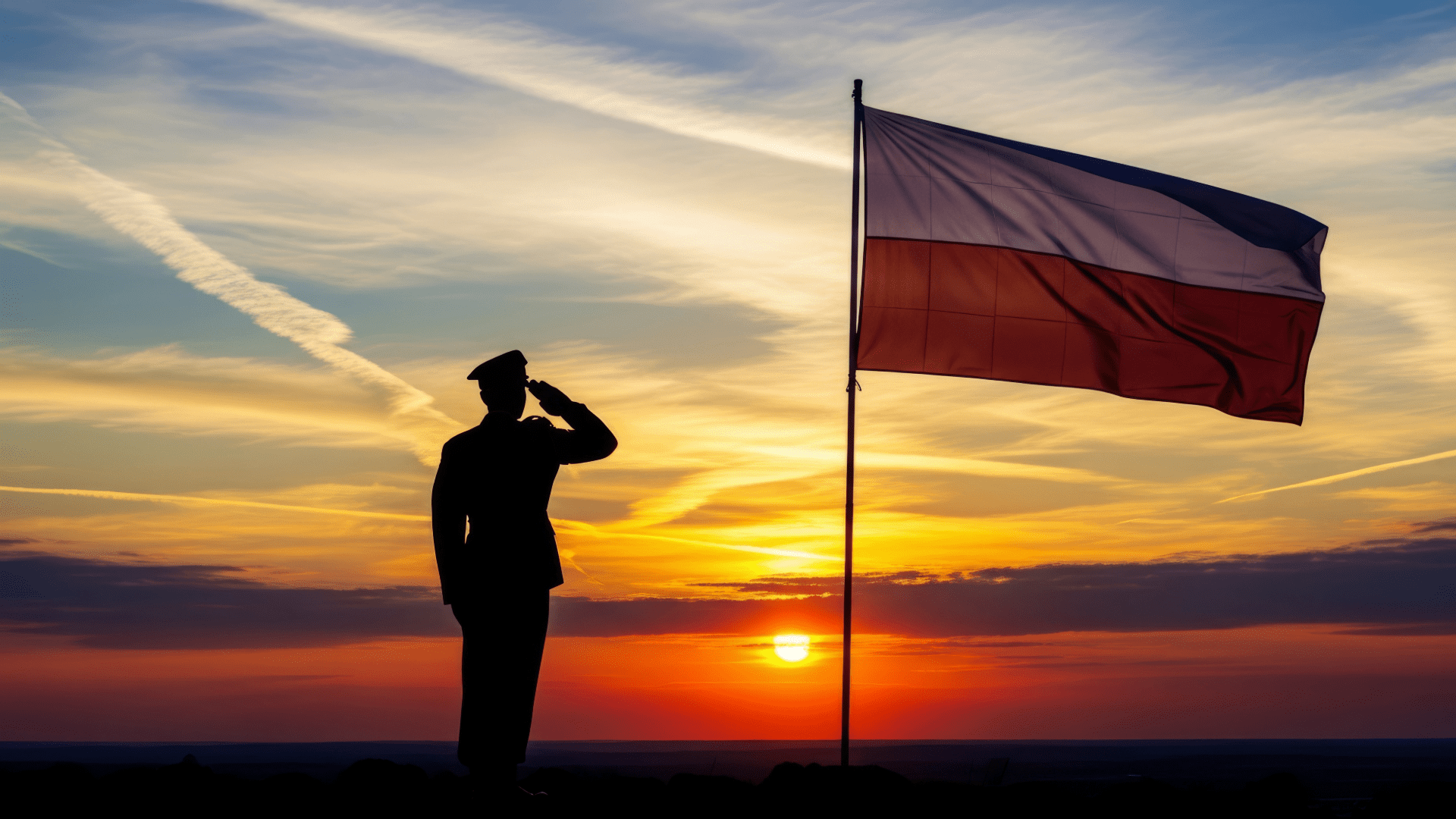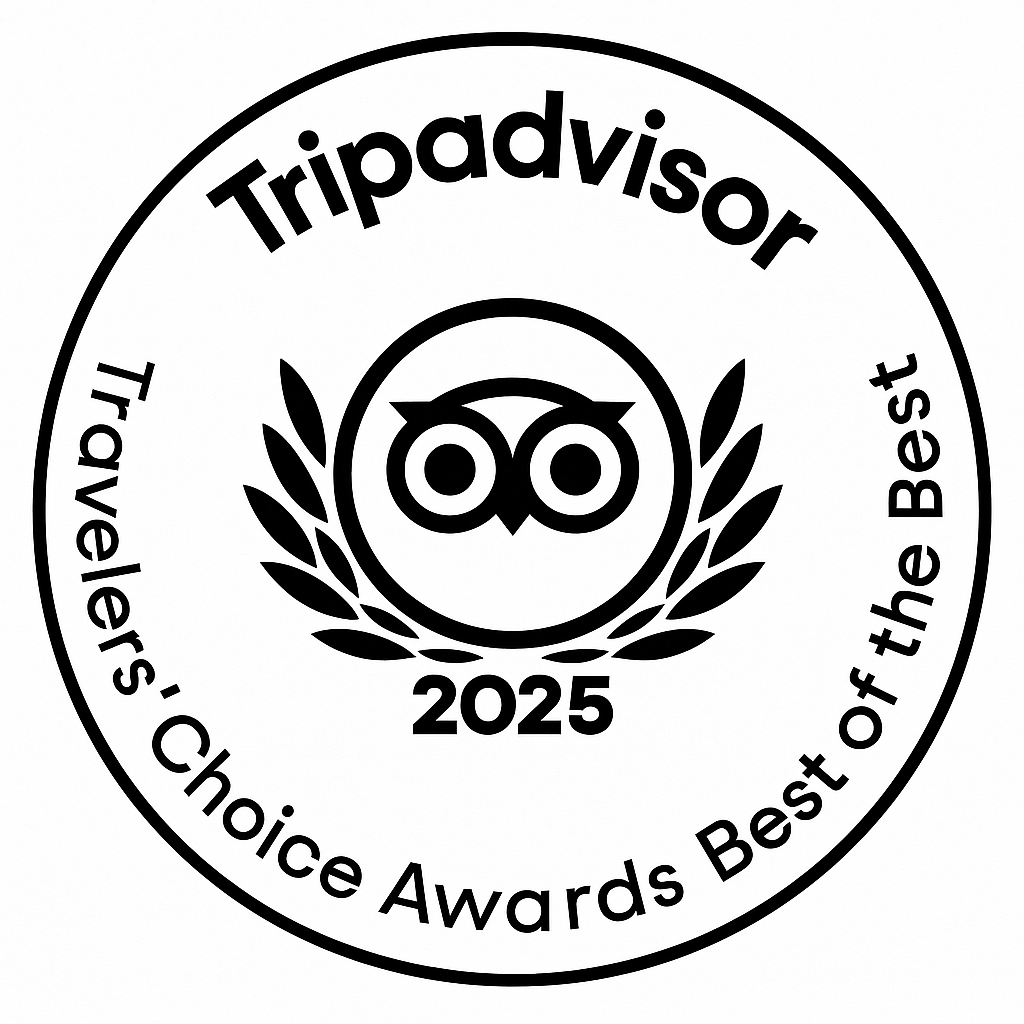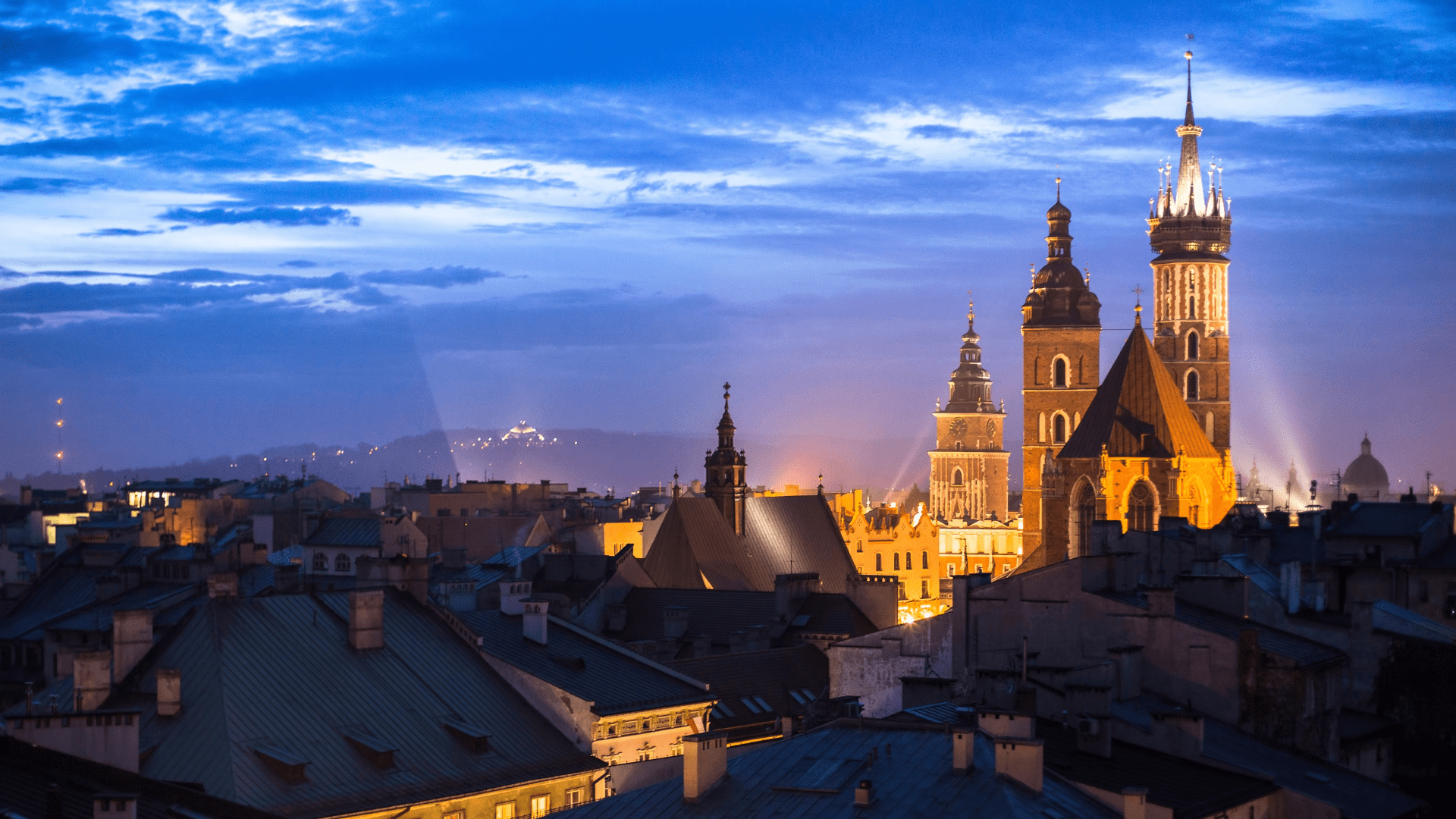Auschwitz and Other Holocaust Memorial Sites
In an era of global travel, more and more people seek experiences beyond sightseeing — journeys that speak to memory, history, and humanity. Poland, as one of the main witnesses to the Holocaust, offers access to places where history is etched into the landscape. The former Nazi concentration and extermination camps are among the most powerful, sobering destinations in the world.
Thanks to the expert guidance of Hello Cracow, international visitors can explore these historic sites with the dignity, depth, and support they deserve, combining historical awareness with a well-organized travel experience.
Auschwitz-Birkenau – The Symbol of Unimaginable Evil
Auschwitz is the most recognized name among Nazi camps and has become a global symbol of the Holocaust. Established in June 1940, initially as a detention center for Polish political prisoners, it quickly evolved into the main site for the mass extermination of European Jews. The Auschwitz complex consisted of three main camps, with Auschwitz II-Birkenau serving as the primary death camp.
Most tours start at Auschwitz I, the main camp of the complex. Visitors pass through the gate marked “Arbeit macht frei”. They see Block 11, also known as the “death block.” The tour includes the Wall of Executions, where many were killed. Exhibits show victims’ belongings: shoes, suitcases, prosthetics, and even human hair.
Auschwitz II-Birkenau, located just a few minutes away, stretches across a vast, open area where prisoner selections were carried out and gas chambers operated — silent witnesses to the scale of the atrocities committed. The ruins of crematoria and long wooden barracks stand as haunting witnesses to industrialized genocide.
Key facts
- Over 1.1 million people, mostly Jews, were murdered in Auschwitz.
- Auschwitz II-Birkenau had four gas chambers that could kill up to 2,000 people at once.
- In 1979, Auschwitz-Birkenau was added to the UNESCO World Heritage List.
- Tattooed prisoner numbers symbolized the erasure of identity.
- The crematoria operated 24/7 during the peak of extermination.
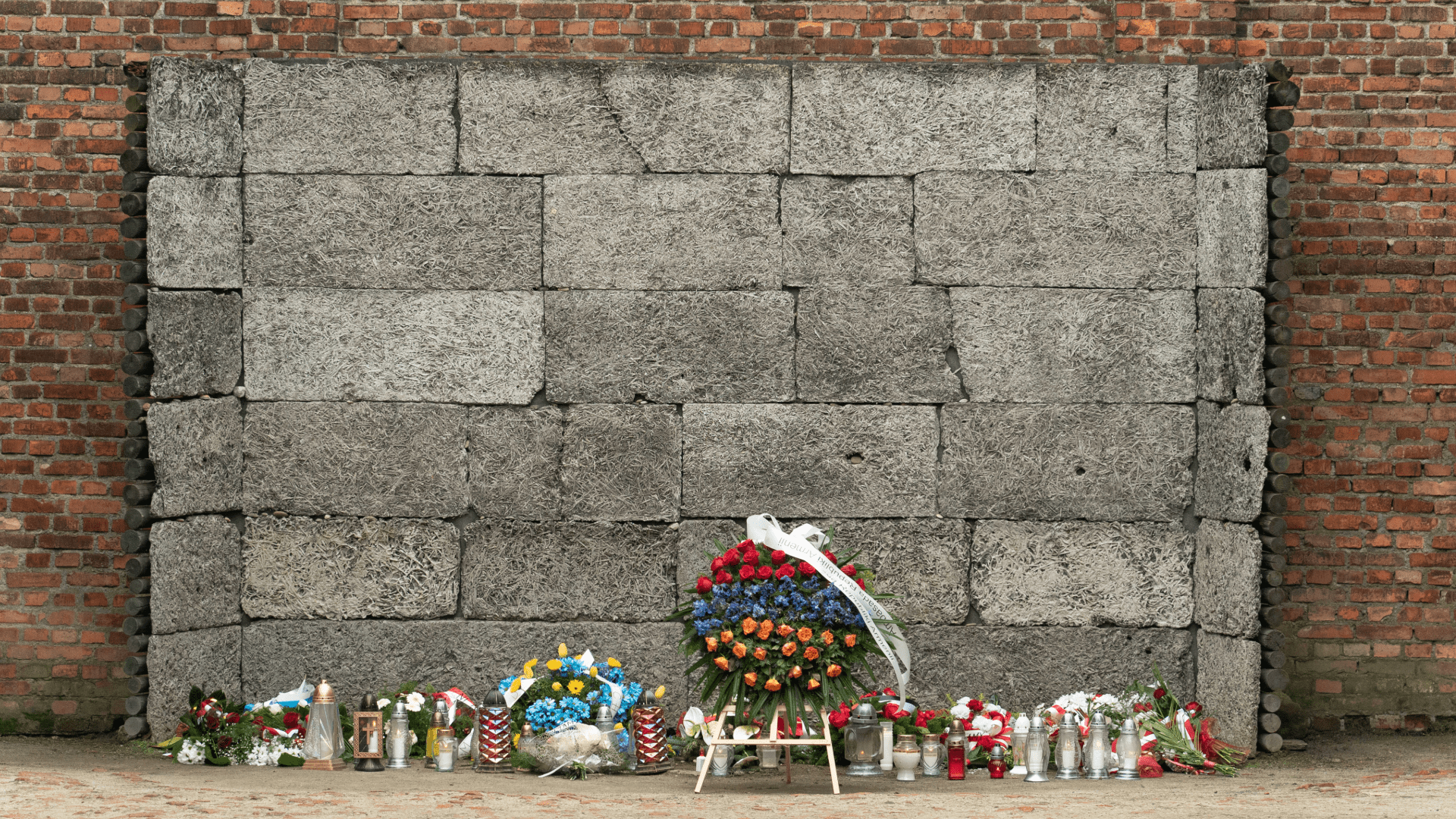
Majdanek – A Preserved Witness Near Lublin
Located just outside the city of Lublin, Majdanek is one of the most intact former concentration and extermination camps. Liberated almost untouched by the Red Army in 1944, the site became a museum just months after the war ended. Unlike other camps, Majdanek was not demolished, so visitors can walk through the original barracks, gas chambers, and crematoria.
You’ll see exhibits that include prisoner uniforms, documents, and personal items — all deeply moving. A monumental mausoleum containing the ashes of victims stands at the end of the camp’s “Road of Homage and Remembrance.”
Key facts
- Estimated death toll: around 80,000.
- A hybrid camp: part labor, part concentration, and part extermination.
- The largest one-day mass execution during the Holocaust — "Operation Harvest Festival" — took place here, with 18,000 Jews murdered on November 3, 1943.
- The museum features the original 1943 cremation ovens in its reconstructed crematorium, and preserved prisoner barracks are open to visitors.

Treblinka – The Death Camp Without Remains
Treblinka is perhaps the most haunting for what is not there. Unlike Auschwitz, Treblinka was almost completely destroyed by the Nazis after a prisoner uprising in August 1943. Today, the campsite is marked by symbolic stones and monuments — a powerful statement of absence and loss.
Visitors will see a massive memorial, a symbolic rail track, and over 17,000 stones engraved with the names of Jewish communities annihilated during the Holocaust. There are no walls or gates — just quiet, and a field of memory.
Key facts
• Operational for just over a year, it claimed the lives of over 870,000 people.
• The August 1943 revolt remains one of the most courageous acts of resistance in a death camp.
• The main monument at Treblinka, unveiled in 1964, was created by Franciszek Duszeńko and consists of two curving towers symbolizing the flames of cremated victims.
• Engraved field of remembrance stones replaces traditional grave markers.

Bełżec – A Forgotten Tragedy Recovered
Over half a million Jews were murdered at Bełżec, yet the site remained largely unknown for decades. Thanks to archaeological efforts and the establishment of a modern memorial, Bełżec is reclaiming its place in Holocaust memory.
The memorial features a minimalist design with the entire camp area covered in slag, symbolizing a field of ashes. Iron inscriptions around the site bear the names of victim communities, creating an immersive, spiritual experience that focuses more on reflection than visual representation.
Key facts
- Fewer than 10 survivors are known from Bełżec.
- The Nazis destroyed the camp and planted trees to hide the crimes.
- Engraved pathways representing Jewish towns wiped off the map.

Sobibór – Where Resistance Lit a Spark
Sobibór was the site of one of the most dramatic acts of resistance during the Holocaust. On October 14, 1943, under the leadership of Alexander Pechersky, prisoners organized a mass escape. In the aftermath, the Nazis destroyed the camp to hide all evidence.
Recent archaeological discoveries have unearthed the ruins of gas chambers, and a modern memorial and museum have been built to honor the victims and the uprising.
Key facts
• Approximately 180,000–250,000 people were killed here between May 1942 and October 1943.
• The escape led to about 50 prisoners surviving the war.
• Excavated remains of the camp’s infrastructure.

Travel Through Memory with Hello Cracow
Visiting these memorial sites is more than a journey into the past. It is a moment to reflect on our shared responsibility to remember. We learn from history to understand its consequences. We must never forget so that such atrocities are never repeated.
With Hello Cracow, travelers gain access to expertly curated historical tours from Krakow, professional guides, convenient transportation, and multilingual support. Each visit is carefully designed to offer time for education, contemplation, and personal growth.
Ready to Walk Through History?
Start planning your visit with us. Browse our memorial site tours, including Auschwitz and other Holocaust-related experiences. Because remembrance is a responsibility, and the journey starts here.
